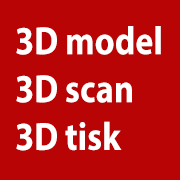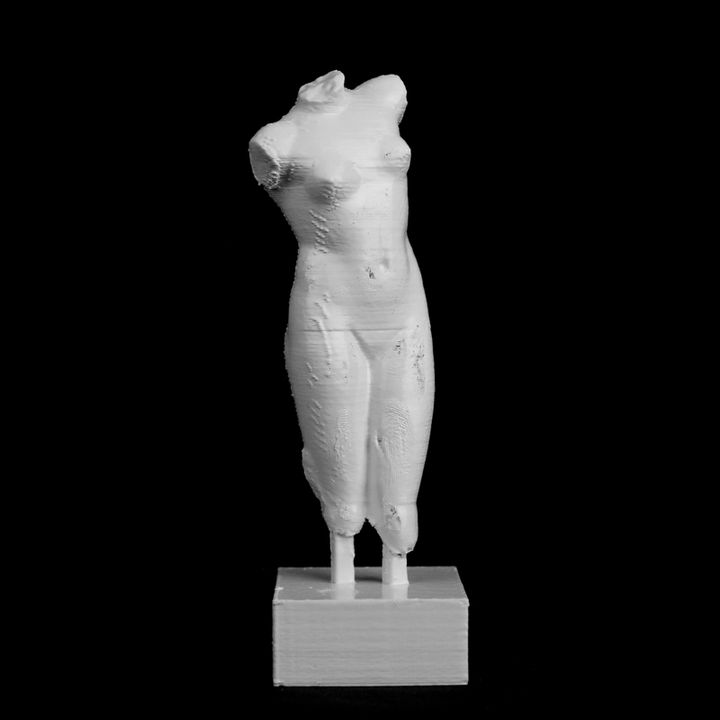
Reklama
3D tiskárny



AONN.cz
Sp┼Ö├ítelen├ę Weby
|
3D modely ARTFragement of The Esquiline Venus at the Louvre, Paris

Title Fragment of Aphrodite, known as the 'Esquiline Venus' Artist Unknown Date Roman copy of the Imperial Era (2nd Century AD) after a Hellenistic Venus Anadyomenes 'Rising from the sea' Medium Parian marble Dimensions Height: 96 cm Accession # Ma 3438 MND 1908 Credit Found in 1874 on the Esquiline Hill in Rome This is a fragment of the Esquiline Venus, the whole sculpture can be found here. The 'Esquiline Venus' is a slightly smaller-than-life-size nude marble sculpture of a female wearing sandals and a headdress; its name 'Esquiline' comes from the site where it was discovered 'Esquiline Hill' in Rome, probably part of the same site of the Horti Lamiani where the Discobolus and Laocoon and his Sons had been found previously. In style the Esquiline Venus is an example of the Pasitelean "eclectic" Neo-Attic school, combining elements from a variety of other previous schools - a Praxitelean idea of the nude female form; a face, muscular torso, and small high breasts in the fifth-century BC severe style; and pressed-together thighs typical of Hellenistic sculptures. Its arms must have broken off when the statue fell after the imperial park in which is stood fell into neglect after antiquity. They have been frequently restored in paintings, but never in reality. The statue's subject has interpreted various times; the most common depiction is that of Venus in the form of 'Anadyomene' (Rising from the sea) which is one of the iconic representations of the goddess during her birth from the water. Another common depiction is the female version of the 'Diadumenos' of Polyclitus, tying up the hair with a fillet. The Birth of Venus, William-Adolphe Bouguereau c. 1897 Diadumene, Edward John Poynter, 1883 n├íhodn├Ż v├Żb─Ťr model┼»
|
©Ofrii 2012
| |||